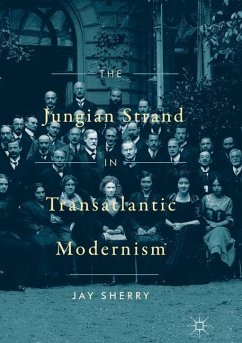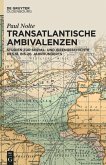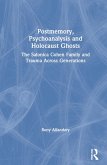In studies of psychology's role in modernism, Carl Jung is usually relegated to a cameo appearance, if he appears at all. This book rethinks his place in modernist culture during its formative years, mapping Jung's influence on a surprisingly vast transatlantic network of artists, writers, and thinkers. Jay Sherry sheds light on how this network grew and how Jung applied his unique view of the image-making capacity of the psyche to interpret such modernist icons as James Joyce and Pablo Picasso. His ambition to bridge the divide between the natural and human sciences resulted in a body of work that attracted a cohort of feminists and progressives involved in modern art, early childhood education, dance, and theater.
"This book will reward scholars of history, literature, art, philosophy, and psychology who are in any way invested in understanding the modernist movement in the early 20th century. ... Summing Up: Recommended. Advanced undergraduates through faculty and professionals." (M. Uebel, Choice, Vol. 56 (9), May, 2019)








